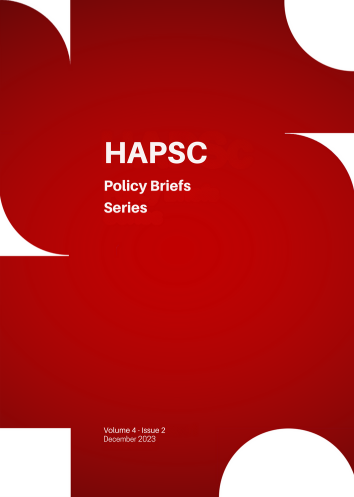Alternative Approaches to Plastic Production and Recycling Policies

Abstract
Plastics offer convenience to businesses and the supply chain, but their improper disposal and low recycling rates pose significant environmental and health challenges. Each year, millions of tons of plastic end up in oceans, with a recycling rate below 9%. Thus, urgent action is required to tackle this global plastic crisis. This policy brief proposes a Europe-wide ban on colored plastics to promote a circular economy and enhance plastic recycling, drawing insights from successful recycling policies in Japan and South Korea. This approach, despite initial challenges, can yield long-term benefits such as reduced exports, energy conservation, and increased consumer awareness. Collaboration, funding, and material design innovation are key to promoting sustainable practices and combatting plastic pollution. By seizing this opportunity collectively, we can make a lasting impact in the fight against plastic pollution and address the climate crisis before it is too late.
Article Details
- How to Cite
-
Boultadaki, E., Koutsoukou, T., Ratano, F., Vatista, I., Vlachou, E., & Vogiatzi, D. (2023). Alternative Approaches to Plastic Production and Recycling Policies. HAPSc Policy Briefs Series, 4(2), 66–74. https://doi.org/10.12681/hapscpbs.36662
- Section
- Articles

This work is licensed under a Creative Commons Attribution 4.0 International License.
Authors retain copyright and grant the journal right of first publication with the work simultaneously licensed under a Creative Commons Attribution License that allows others to share the work with an acknowledgement of the work's authorship and initial publication in this journal.

